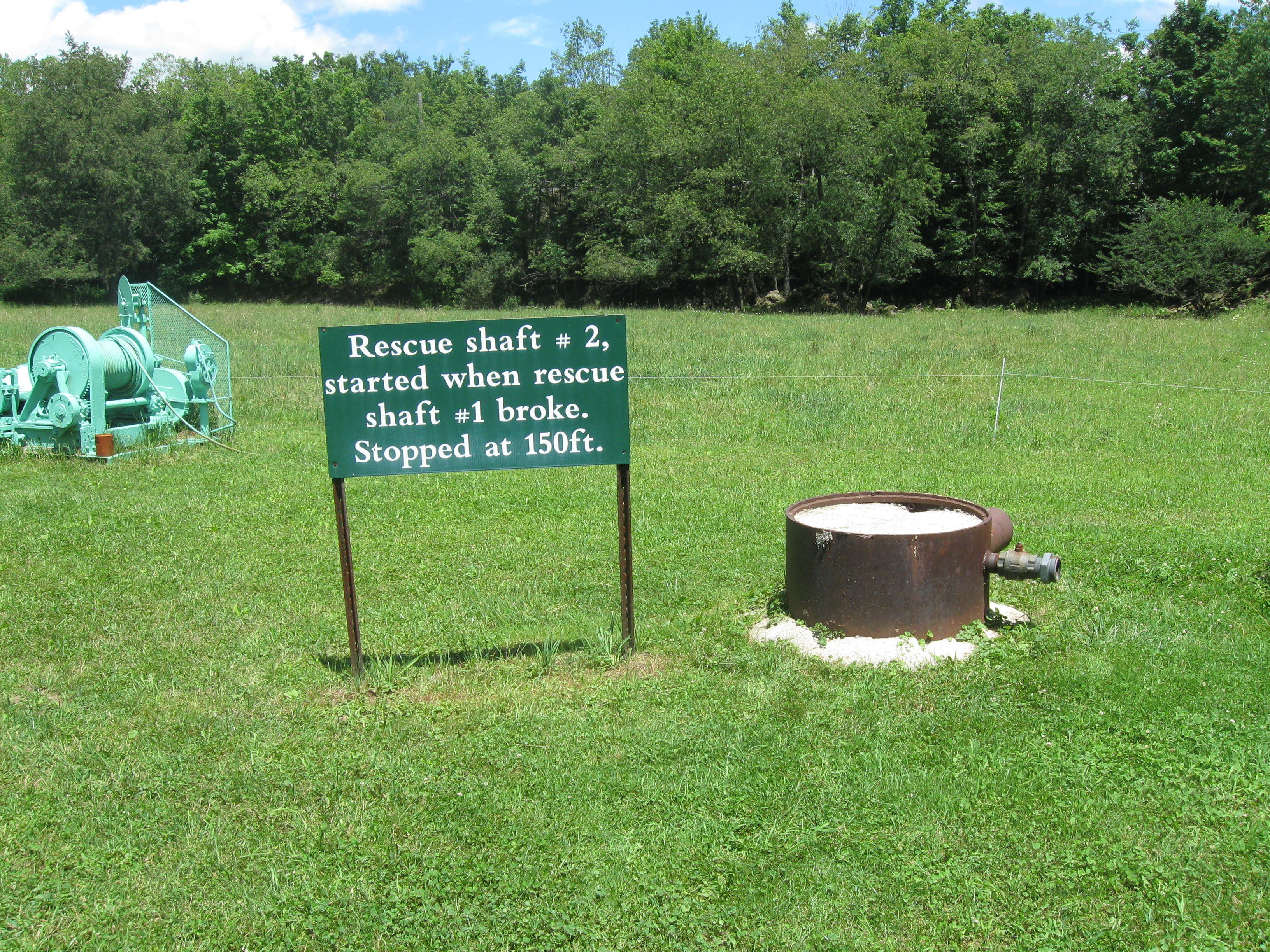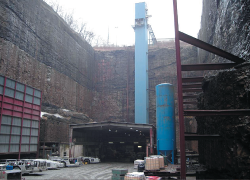
On July 24, 2002, nine coal miners at the Quecreek #1 Mine site in Pennsylvania were trapped after mining activities breached an adjacent mine filled with water. For 77 hours, MSHA, state, and local rescuers worked successfully to rescue all nine men. I was part of the team that investigated the accident after the miners were rescued.
“MSHA’s rescue teams provide critical assistance to local and state rescue operations, often providing necessary expertise and equipment,” said Tom Morley, Chief, Mine Emergency Operations.
Based on maps available while planning the Quecreek #1 Mine, miners believed they were hundreds of feet away from the flooded mine. However, mine planners did not have the most up-to-date map of the adjacent mine, which indicated that additional mining may have taken place.
Abandoned mines present critical safety issues with respect to active mining operations. Mine inundation problems are often the result of unavailable, incomplete, or inaccurate mine maps. The first step in preventing such problems is to accurately assess the location and extent of any abandoned underground mines in the area of interest.
Following the Quecreek rescue, the United States Congress appropriated $10M to MSHA for “Digitizing mine maps and developing technologies to detect mine voids.” Approximately $3.9M was allocated through state grants to establish programs for digitizing underground maps for abandoned mines and making them available digitally to the public. The states used this money to develop and enhance systems for collecting, digitizing, geo-referencing, archiving, ground-truthing, validating, and delivering mine maps, according to defined needs of each individual state.
The remaining $6.1M was allocated to contracts for demonstration projects “for advancing the current state of technology in detecting underground mine voids.” Out of 58 proposals, fourteen were ultimately selected for demonstration, covering a broad spectrum of available technologies. Technologies included, among others, surface seismic reflection, borehole seismic tomography, in-seam seismic, look-ahead radar, and borehole radar tomography.
The projects resulted in varying degrees of success. When applied under the correct conditions, geophysical techniques can provide valuable information which can assist in assessing a variety of site conditions, including the presence and location of abandoned underground mines. It is also clear that while they can effectively supplement a well-designed and executed drilling program and assist in determining appropriate drilling locations, geophysical techniques cannot substitute for drilling.
The Quecreek inundation reinforced the need for mine planners to conduct exhaustive searches for mine maps and any additional information that may help determine the accuracy of available data. Operators must also remember that maps marked as “final” may not be.
On July 23rd and 24th, John Gibson and Dave Leverknight from MSHA’s Mine Emergency Operations Division will attend the Quecreek memorial events with an MSHA rescue vehicle to show attendees some of the rescue equipment that was used.
“I am proud to work with MSHA to help ensure our rescue teams are ready to assist when accidents happen,” said Morley. “Quecreek still stands as an example of our ability to work with state and local teams to prevent fatalities in dangerous situations.”

 U.S. Department of Labor Blog
U.S. Department of Labor Blog
